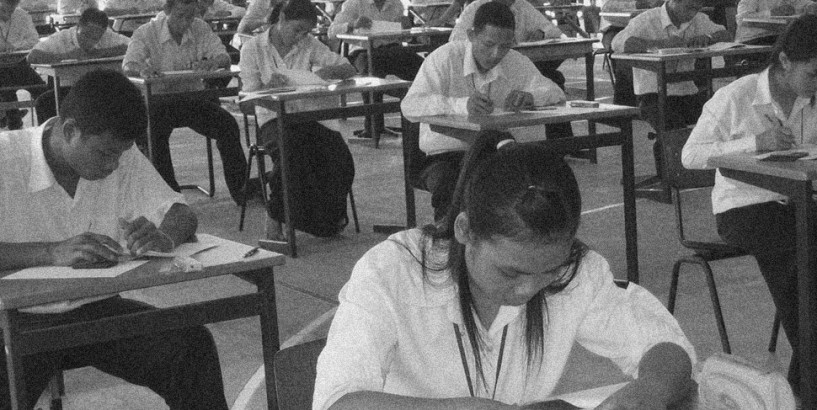In a global survey measuring the capabilities of students from 79 countries, the Philippines ranked the lowest in reading comprehension and the second lowest in both mathematics and science knowledge. The survey, called the 2018 Programme for International Student Assessment (PISA) , was conducted by the Organisation for Economic Co-operation and Development (OECD), an intergovernmental organization that aims to stimulate economic progress.
PISA 2018, which was only released this December, tested approximately 600,000 students from 79 countries. All the students tested were 15 years old. PISA is the world’s leading survey that measures the capabilities of students and the effectiveness of a country’s education system. The evidence provided by PISA is intended to encourage countries and economies to “fine-tune their education policies,” as per PISA.
And it appears that the Philippines has a lot to work on.
More from EsquireMag.ph The Philippines Is Dead Last in the Ranking of Smartest Countries in ASEAN
Among lowest in reading, mathematics, and science From the 79 countries included in the survey, the Philippines came in last in reading comprehension, with a mean score of 340. The top scorers in reading comprehension were China (Beijing, Shanghai, Jiangsu, and Zhejiang) with a score of 555, Singapore with a score of 549, and China (Macau) with a score of 549.
In mathematics, the Philippines came in second last with a score of 353, after Dominican Republic, which ranked the lowest in this category. Meanwhile, the best performing countries in mathematics were China (Beijing, Shanghai, Jiangsu, and Zhejiang) with a score of 591, Singapore with a score of 569, and China (Macau) with a score of 558. The top seven spots were dominated by Asian economies, which also included Hong Kong, Taipei, Japan, and Korea.
As for science, the Philippines ranked second lowest again with a score of 357 after the Dominican Republic. The best performing countries in science were China (Beijing, Shanghai, Jiangsu, and Zhejiang) with a score of 590, Singapore with a score of 551, and China (Macao) with a score of 544.
Asian students dominate Notably, Asian countries and economies had the highest scoring students, despite the fact that the Philippines was among the poorest performing countries in the survey. Asian economies took the top three spots in every category, particularly China and Singapore. The best performing country from the West was Estonia, which beat larger economies like the United States and the United Kingdom by a mile.
PISA noted that poor performance will require interventions targeting disadvantaged students as even the best performing students in countries like the Philippines and Morocco scored only around the OECD average score of all students in the study. The report also compared the cumulative expenditure per student by the government, and the Philippines came in last, with the government spending the least amount of money per student compared the the other 78 countries.
Low performing, but not unhappy Despite their overall low performance in reading, mathematics, and science, the Philippine students came in third in a measurement of positive well-being at school. This implies that, although they scored low in all categories, Philippine students are still one of the most content at school.
This is a stark comparison to some of the lowest scorers in well-being, like China and Estonia, which also have some of the best performing students in the study.









